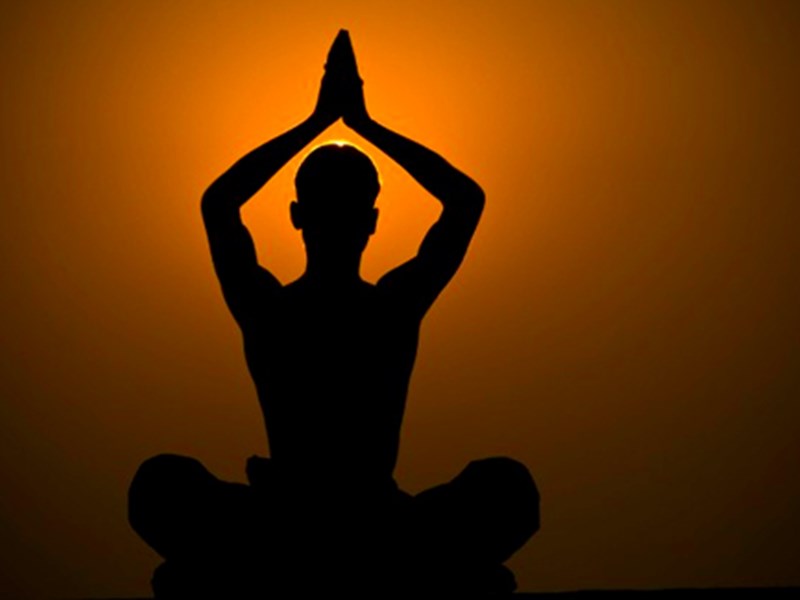Find out more about how this website uses cookies to enhance your browsing experience.
What is Dhyan?
Dhyan is a state of pure consciousness which transcends the inner and outer senses. The climax of Dhyan is samadhi. In Indian tradition, Dhyan is used for the growth of the inner soul. Western psychologists link Dhyan with mental concentration and consider it a special state of mind, this is Dhyan. The techniques and nature of Dhyan might vary but even the modern scientific research validates and highlights its benefits.
Vachnamrut 15 G.P.P
In the 15th Vachanamrut of Gadhda Pratham Prakaran, Lord Swaminarayan encourages Dhyan (Meditation) maintaining Shradha (Faith consciousness). No matter how long it takes to perfect, a Devotee should never be discouraged from performing Dhyan. Furthermore, In the 12th Vachanamrut of Kariyani, Lord Swaminarayan speaks about Dhyan as fire which burns the desires of the Karan Sareera (Fundamental Body) by elaborating through an example of a tamarind seed and the process of separating its skin.
Four Types Of Dhyan
Saang (Considered as the BEST)
Meditating on Maharaj’s body only. (For instance Maharaj’s body parts, tils or cheens). It’s simply meditating on Maharaj’s swarup. In addition, Saang meditation is considered to be the best form of dhyan. For example in our Swaminarayan Sampraday, Dharmapur’s Kushalkunvar Baa did darshan of Shreeji Maharaj just in Dhoti and internalised the Murti in her heart. Similarly, we should find a swarup of choice in this form and meditate upon the Murti (Available from BhujMandir.org/wallpapers).
Upaang
Meditating whilst Maharaj is fully adorned in His attire, jewellery, flower garlands, mughat (head gear), etcetera.
Saleel (Sacharitra)
Meditating by remembering Maharaj’s leela charitras, for example; meditating upon Maharaj eating, bathing, enjoying rang--utsav, relaxing, serving his devotees, etcetera.
Sapaarshad
Meditating whilst Maharaj is seated in a grand sabha along with all the paramhansos, devotees from all over, Mulji Bhramchaari is serving Maharaj, countless muktas in Akshardhaam and so forth.

Samadhi
Samadhi is very difficult to achieve. Very devoted life can achieve this stage, however if God wishes, with His blessings one can achieve Samadhi (e.g. in Mangrol even the normal people who had no faith in God achieved Samadhi)
"Performing and practising eight-fold Yoga can achieve Samadhi..."
Ashtang Yoga
"Satsangi Jeevan Adhyay 5, Prakran 57"
The eight features to attain Samadhi as mentioned in the science of yoga, are:
Yama
Yama means to restrain, the aspirant exerts self control through - Ahimsa (non-violence), Satya (truth), Brahmacharya (celibacy), Asteya (non stealing), Aparigraha (non acceptance)
Niyam
There are 5 Niyams - basic codes of conduct that allow the yogi to withdraw from worldly merit and lead to salvation.
Asana
Asana, (firstly) it is the seat on which a yogi sits and (secondly) it is a posture he sits in for concentration, for attaining the final goal of Yoga. There are predominantly 84 asanas, however satsangi jeevan focuses on 14.
Pranayam
The word ‘Prana’ means vital air moving in the body and ‘ayama’ i.e. ‘nigraha’ is control of the same; this is known as ‘Pranayama’.
Pratyahar
Pratyahar is said to be withdrawing of all senses from their own objects of enjoyment and turning them towards the Self.
Dharana
Dharana (concentration) is to fix the mind and vital breath on the God’s image, in the heart
Dhyan
By the practice of (first) six aspects of yoga, the mind is able to full engage in the form of god. Dhyan allows the yogi to grow his love for the Lord.
Samadhi
When love in Hari is deepened by the practice of meditation that state of mind is ‘Samadhi’.
However, please note carefully; one cannot meditate upon any soul, although they may have achieved the highest status (becoming a Bhramn) in this life or after.




